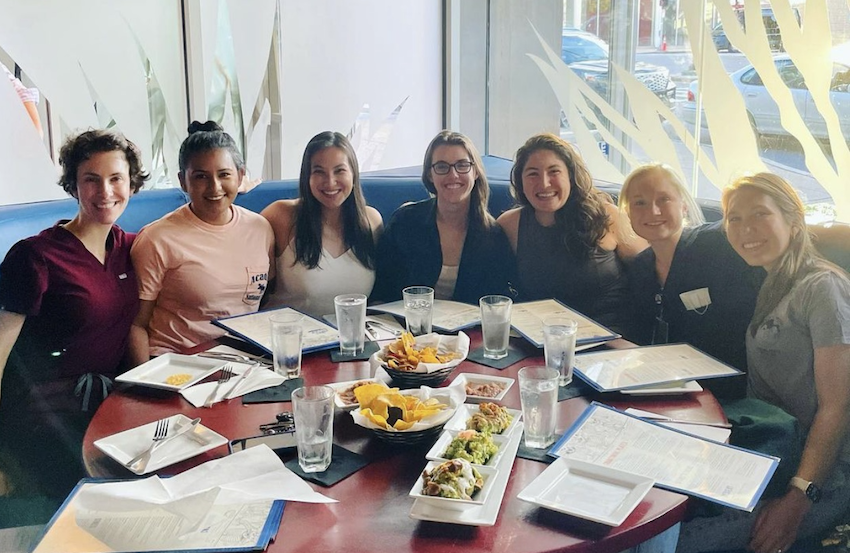Residency Overview
The Emergency Medicine Residency Program was approved by the Residency Review Committee in 1986. Twelve residents are accepted each year into the program, which requires 36 months for completion. The program enables residents to acquire the skills and knowledge that constitute the foundation of emergency medicine practice in a variety of clinical settings. Residents receive their training at three locations with strong commitments to graduate medical education. The UMass Memorial Medical Center - University Campus is the main academic hospital where the majority of training takes place. The UMass Memorial Medical Center - Memorial Campus and the Milford Regional Medical Center provide the residents with community ED experience.
Residents develop their practice of emergency medicine through a variety of ED and pertinent off-service rotations. Training also occurs under the auspices of a variety of emergency medicine subspecialties, including Emergency Medical Services (EMS), disaster medicine, medical toxicology, international EM and global health, health equity, EM ultrasound, and EM administration.
In addition to clinical acumen, our emergency medicine residents acquire a number of other skills during their tenure in the training program, including leadership and administrative skills, team and system-based management expertise, communication expertise, personal and professional accountability as well as professionalism. These skills are developed in a variety of ways, both at the local and regional level through hospital and regional committee involvement such as the Massachusetts College of Emergency Physicians (MACEP) and at the national level though the Emergency Medicine Resident’s Association (EMRA), Society of Academic Emergency Medicine (SAEM) and American College of Emergency Physicians (ACEP). Residents are encouraged early on in their training to get involved in a variety of programs and their degree of responsibility increases as they advance through their three years of training.

